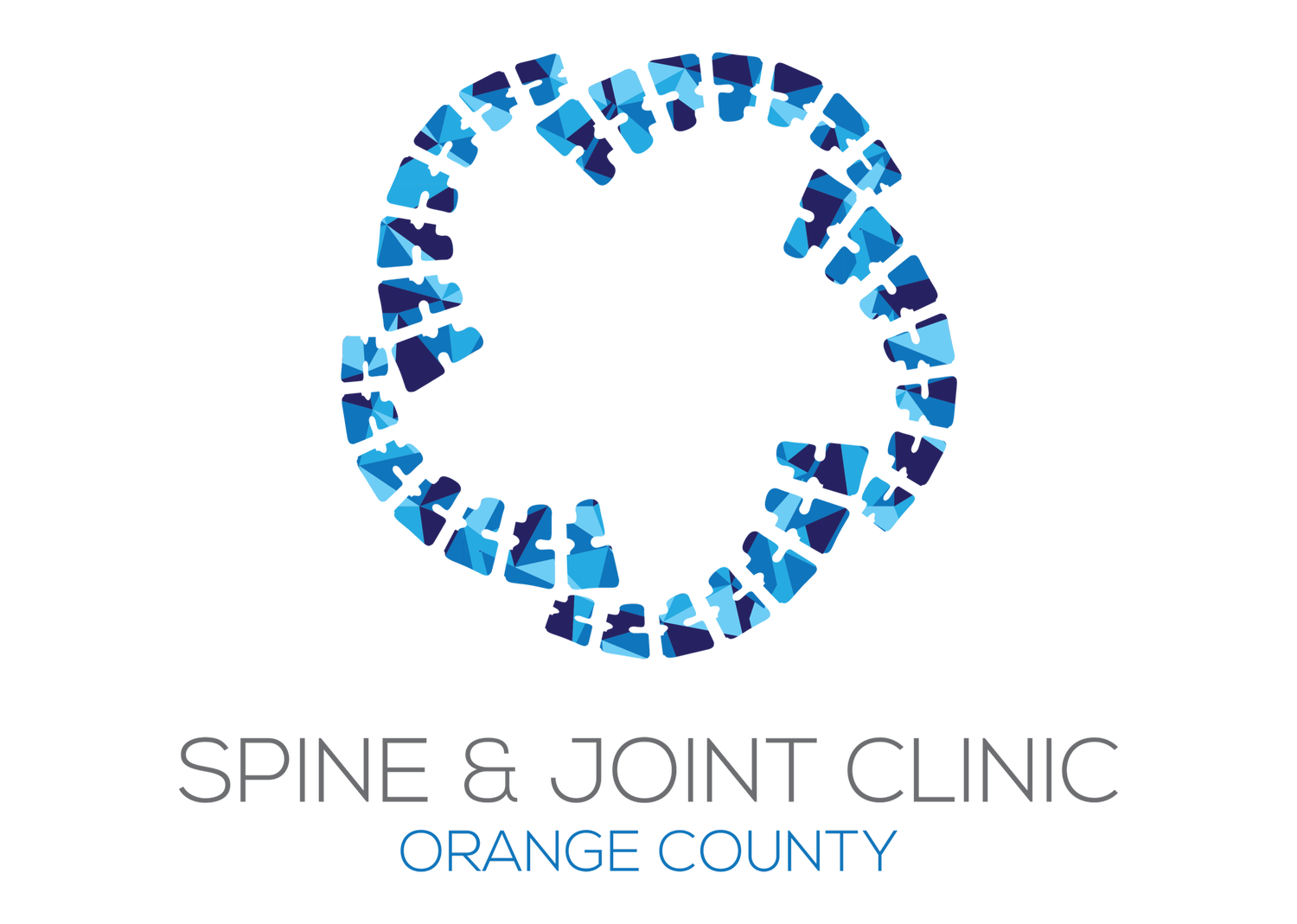How to Avoid Spine Pain: Lessons From a Plane Crash
In 1972 an airplane carrying 163 passengers crashed into the everglades. This was a scheduled flight from NYC to Miami. The flight was routine until it began its approach into Miami. Shortly after lowering its landing gear the entire crew in the cockpit became preoccupied on an indicator light.
Normally this light lit up green signaling that the nose landing gear was locked down. It turns out that tiny indicator light only appeared to be off as the bulb was burnt-out. This created a diversion and the crew failed to notice that the autopilot had been inadvertently disconnected, resulting in a loss of altitude and a deadly crash.
Upon review the National Transportation Safety board cited the cause of the crash as “pilot error.” The crew was distracted by the landing gear light and failed to monitor critical instruments tracking their altitude.
By no means am I attempting to make light of this particular story. Instead, the story provides an essential lesson. This was a situation where the big picture was eclipsed by the hyper focus on the indicator light.
Patients will ask what causes joint misalignments, muscle pain and loss of range of motion.
Sometimes there is a simple answer, but most of the time it’s hard to boil it down to one specific cause. Unlike flight 401, the underlying cause of musculoskeletal pain is due to the inverse mistake:
relying on autopilot and not responding to the distress signals.
The demands we put on the musculoskeletal system are unbelievable. From the moment we wake up we are bombarding the system with information and postural requests. We begin to create movement habits to conserve the drain on cognitive energy.
The day begins
Negotiate a safe departure from the bed, shower, cook breakfast, dress the kids, empty the dishwasher, commute to work, sit for 6- 8 hours, back in the car, stop at the gym, take out the recycling, load laundry/fold laundry. I’ll leave out the most of the minutia. Whether you’re standing cock-eyed brushing your teeth or flexing over to tidy up some toys off the floor your muscle and joints are at work. Together the joint, muscles and connective tissue function as kinetic architecture. These movement patterns exist as kinetic images in the brain and make up an individual’s “autopilot coding.”
Eventually, through thousand of iterations, we establish a fixed set of movement patterns. We don’t think much about these patterns and in many ways we rely on this internal autopilot.
Over time a constellation of signs and symptoms emerge. Some examples include:
Flexing from the torso,
Slouching while driving
Loss of trunk rotation
Lack of hip mobility and independent movement from lumbar spine
Preference towards forward head posture
Rocking your pelvis back (posterior tilt) while sitting
Rock your pelvis forward when standing
Decrease in sacral flexion and extension
Prolonged static positions where hips and shoulders are not squared up
Walking using the lower legs as the primary movers
Disengaging the core
When looking at the big picture we need take into account load and capacity. Capacity is the ability to do work and the load is the work you do. In all living organisms there is a relationship between structures. The postural problems mentioned above leave you susceptible to tissue damage. The paradox is that pain does not move in lockstep with tissue damage. By the time you are experiencing pain, (absent acute trauma such as rolling your ankle) injury has set in and your body is struggling to meet hose demands
What’s happening from a physiologic standpoint is a cycle of damage, inflammation, and compensation. Diet, sleep, gut health, weight, and immune function add complexity to the cycle of pain and healing, but we’ll save that for another post.
Overuse results from cumulative stress on the muscle, bone, tendon or bursa. This may lead to partial tears, joint instability, and promote non-anatomic joint position.
Periodically it’s beneficial to manually restore awareness and filter out poor mechanical patterns. In an effort to keep the muscles limber and joints healthy we have to rewrite some of the automatic patterns and inadequate muscle coordination.
If left unchecked these postural distortions will become harder to reverse and escalate through every day activities. I would encourage you to cultivate better sensory awareness and connect back to deliberate bodily movement.
This can be done through training conscious movement, adopting spine care, integrating breath and movement, and exercises that activate, strengthen, and balance.
